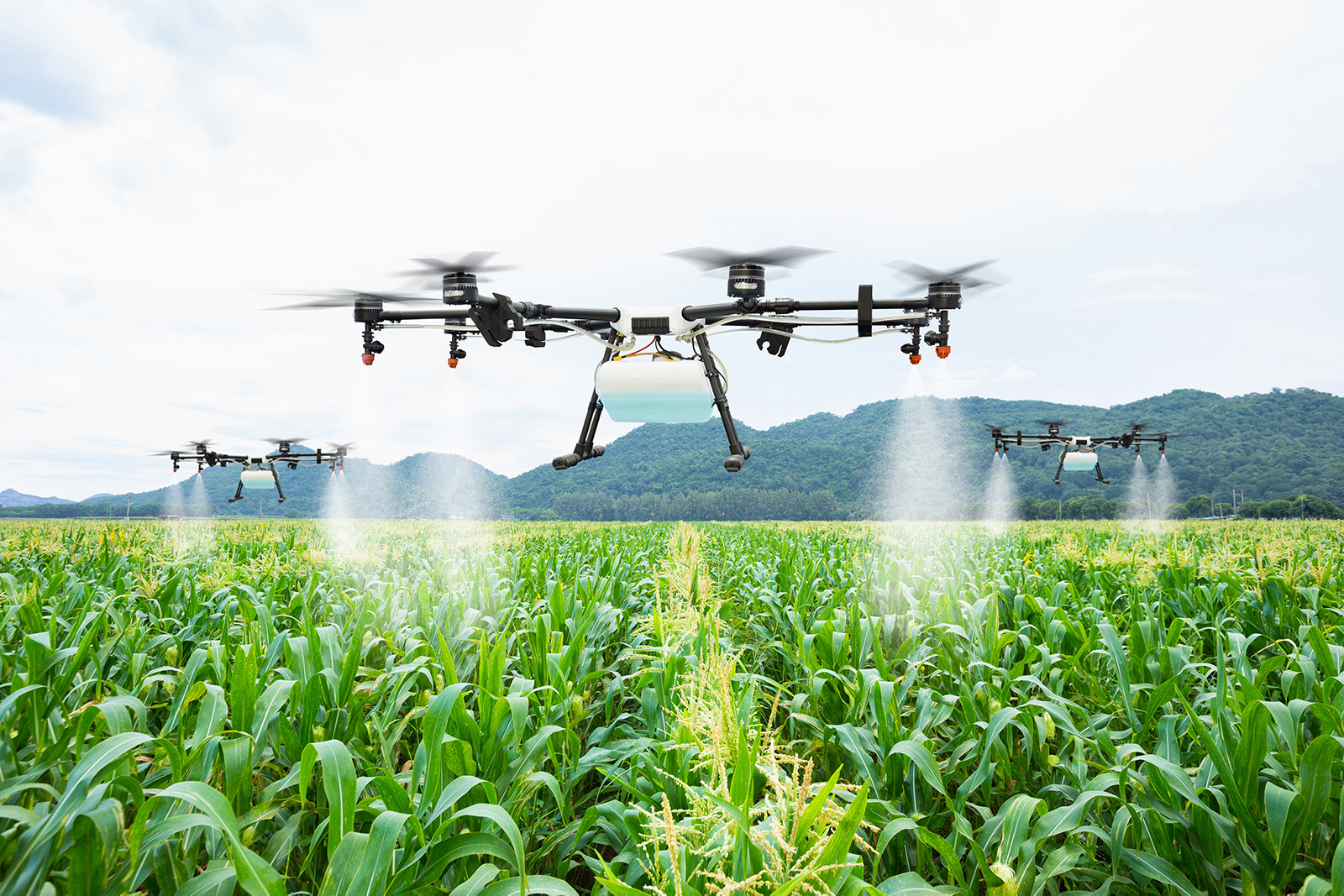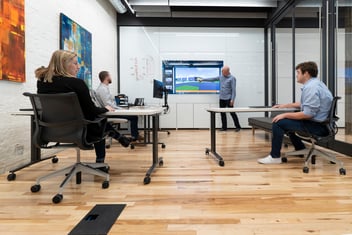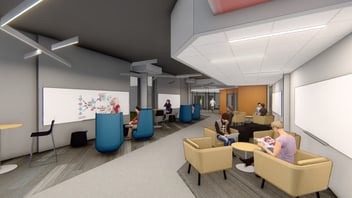
Farming isn't what it used to be. Over the last century, we've experienced a rapid evolution in the way that farming is done and in the way produce shows up on our tables. These relatively sudden and dramatic advancements in machinery, fertilizer and pesticide technology has caused our farming to be faster, safer, and more reliable than ever. In all reality, farming has evolved in numerous ways over the past 100 years – and so has education. As architects, we can't help but see a clear parallel to the evolution taking place in K12 school design. Here's why...
What Can Schools Learn from Farming?
For most of history, humans were hunter-gatherers. Forced to move with changing seasons and livestock migration patterns. Today, we embrace technologies that our ancestors likely could never have dreamed of. But the incorporation of modern capabilities into agricultural practices didn't happen overnight. And for some, it was no doubt an uncomfortable shift away from centuries of farming tradition. But ultimately, a better understanding of science and the world brought incredible change which affected our entire planet in a relatively short span of time. And in much the same way that agriculture had to evolve dramatically to solve big problems, educational design and how it relates to the way that children learn must also change if we want to see increased productivity, retention, and wellness for each student.
Where is Educational Design Headed?
Long benches were replaced with individual desks, which became lightweight and movable, which then disappeared in favor of seminar-style tables. And now we're beginning to see a move away from tables entirely in favor of upholstered ottomans, beanbags, and booths. These are things you might expect to see in a home – or a tech startup. Not a school. Why the sudden shift? It's not random. And we'd argue that it's more than a fad. Our learning environments are prioritizing the individual student; becoming more learner-driven, personalized spaces where architecture supports collaboration among groups of students and educators. When paired with the right curriculum, they allow for more flexibility and creativity.
This is Just the Beginning…
Today, we find ourselves at another turning point for both agriculture and K12 architecture. Agriculture must find a way to balance sustainability and increased food production for the 9.6 billion people expected in the world by 2050. And our schools must find ways to better educate and prepare our children for an increasingly complex world. Many schools are adopting new philosophies. Seen clearly in recent "inquiry-based" and "blended-learning" based curriculum which form the model of 21st-century evolutions in education. Approaches to learning that are less focused on simply memorizing facts and more concerned about what you do with them. And it’s exciting to see school architecture begin adapting for these changes.
Embracing Change
If schools can learn anything from the evolution that took place in agriculture, it’s that change needs to be embraced to make meaningful progress. And as our world becomes increasingly advanced, future generations need to have adapted ways of learning that optimizes for the productivity, retention, and wellness of each individual student. And that starts with us; our teachers, our students, and our architecture.



